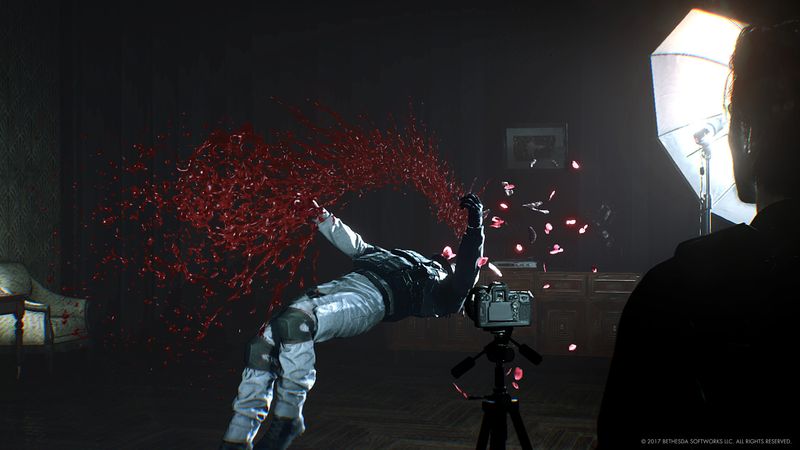Welcome to my cozy corner of the internet, where today I’m exploring something a little unexpected: The Evil Within 2. As someone who usually gravitates toward relaxing simulation games and gentle puzzlers, diving into a horror sequel felt bold. But I’m glad I did. This game blends genuine scares with surprising emotional depth, creating a world that’s as haunting as it is heartfelt.
Overall Impression
Developed by Tango Gameworks and published by Bethesda Softworks in October 2017, The Evil Within 2 is a survival horror game with a strong story-driven focus. You play as detective Sebastian Castellanos, who journeys through nightmarish landscapes within the STEM system to rescue his daughter, Lily. While the game delivers on horror staples—grotesque monsters, eerie sound design, and tense combat—it also builds a deeper emotional narrative. Themes like guilt, love, and sacrifice thread through the plot, giving it human resonance. This blend of tension and heart makes The Evil Within 2 more than a scare fest; it’s a layered experience that stays with you.
Unlike many punishing horror titles, this game strikes a balance between fear and freedom. Its open-world zones give you space to explore, scavenge, and upgrade at your own pace. While fans of the original may miss the claustrophobic dread, this sequel offers more breathing room. The result is a game that allows for reflection between encounters, making its emotional storytelling even more effective. If you’re looking for a horror game that combines rich narrative with survival mechanics, The Evil Within 2 delivers on both fronts.
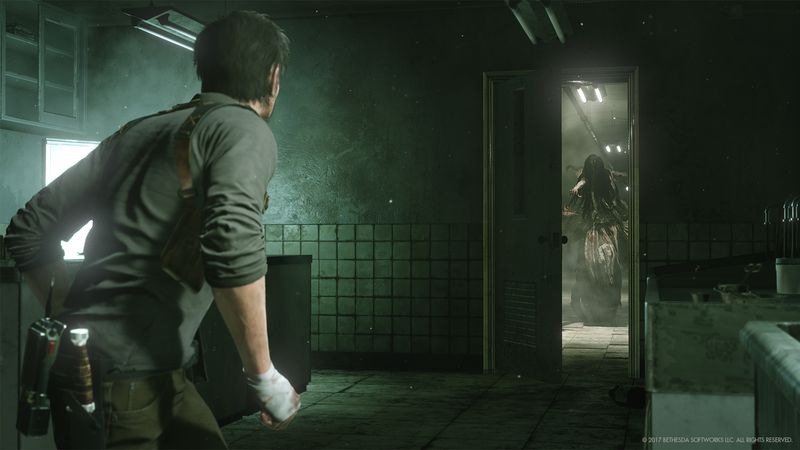
Gameplay Mechanics
The game’s open-world design offers players the freedom to approach missions their way—whether it’s picking off enemies from a distance, sneaking through tall grass for a silent takedown, or going in loud with guns blazing. This flexibility keeps each encounter fresh and engaging. The crafting system is another highlight; it’s simple yet satisfying. Collecting plants and scrap to create health kits, ammunition, or Molotovs on the fly adds a layer of urgency and resourcefulness. Stealth sequences are especially gripping—crawling under beds or hiding behind crates while danger looms just inches away provides a real rush of tension.
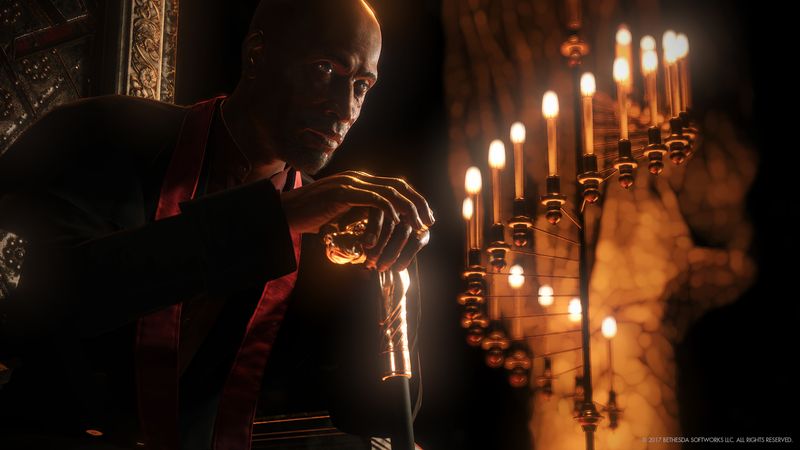
Despite its strong foundation, the game stumbles in a few key areas. Enemy AI can be wildly inconsistent, sometimes leading to laughable moments where zombies walk into walls or clump together cluelessly. There are even awkward instances where the protagonist, Sebastian, breaks immersion by name-dropping the game title straight into the camera. Combat balance also leaves room for improvement. While the shotgun can feel satisfyingly powerful in some encounters, other moments drag on as headshots fail to land with expected impact. These inconsistencies occasionally disrupt the pacing and dilute the overall intensity of the action.
Standout moment: There’s a scene in an old amusement park where the lights flicker, creepy music plays, and you’re literally trapped on a ride with a stalking enemy. That balance of tension and storytelling had me on edge in the best way.
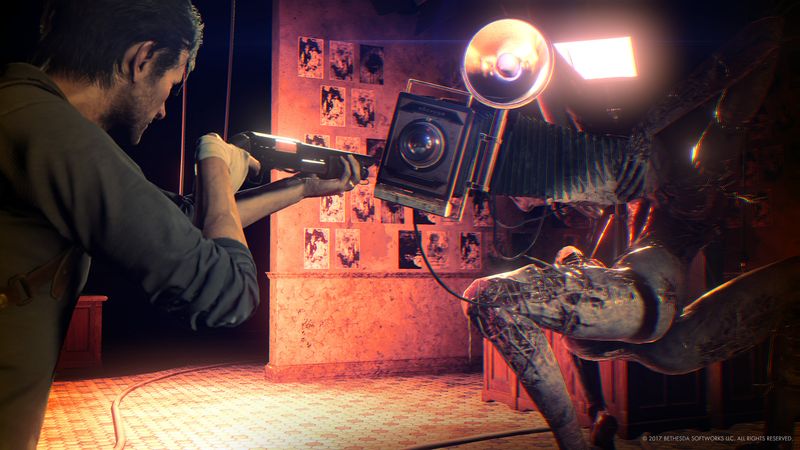
Story and Characters
The emotional core between Sebastian and Lily is what elevates this game. You feel his desperation and love for his daughter every time you call her name over the radio. The side characters—like the resourceful Juli Kidman and gruff survivalist Joseph Oda—bring both warmth and depth. Their little banter moments lighten the mood and make you care about their fates.
The world-building is strong, too. STEM’s twisted reality creates all sorts of haunting set pieces: overgrown city blocks, dilapidated hospitals, and oil-slick swamps filled with floating bodies. Each area feels like its own horrifying dreamscape, and yet you’re always just a radio call away from a friend who offers hope. That push-and-pull between dread and comfort kept me invested.
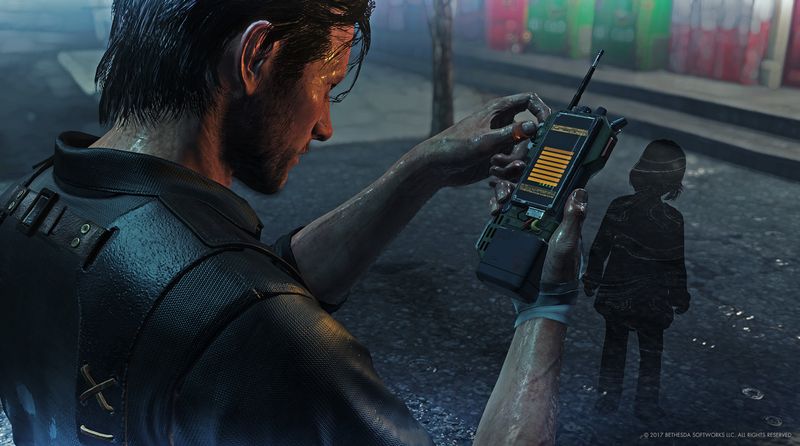
Visuals and Graphics
Artistically, The Evil Within 2 nails a gritty, grunge-painted look. Textures are detailed—peeling wallpaper, rusted metal, slimy moss—and lighting is a standout feature. One moment you’re in bright sunshine that feels almost safe; the next you’re plunged into total darkness with red emergency lights casting eerie shadows. Facial animations are expressive, and even though I’m not a graphics snob, I could tell a lot of care went into the environments.
Sound and Music
The soundtrack weaves between haunting piano melodies and distant industrial drones. It perfectly sets the tone without ever feeling like it’s turning the volume up on your fear. Sound effects—like the creak of a floorboard or the wet gurgling of a monster—had me pausing my own breathing more than once. Voice acting is solid across the board. Sebastian’s weary tone and Lilly’s soft radio calls hit just the right emotional notes.
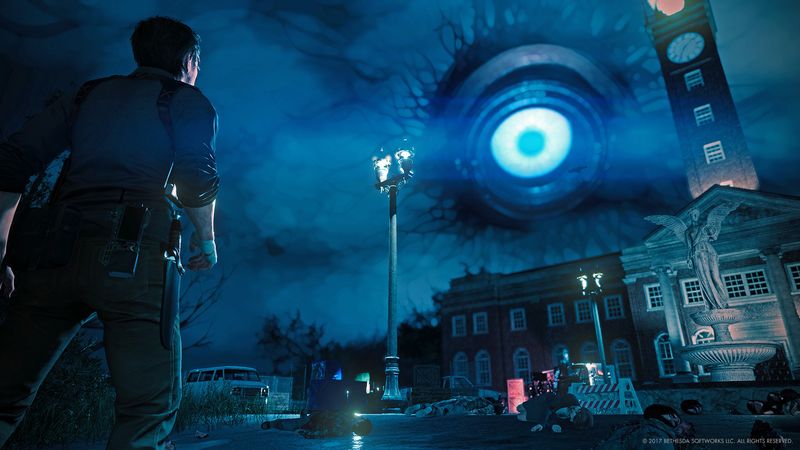
Difficulty and Replayability
The normal difficulty curve feels welcoming for newcomers to the horror genre. You can scavenge for supplies, upgrade your weapons and health, and replay side missions to earn extra upgrade points. For those seeking more of a challenge, higher difficulty settings and hidden caches scattered throughout the free-roam zones. Plenty of opportunities. While some players felt the open-world design reduced the fear factor, I found the added freedom refreshing. It gives you space to breathe, explore, and tackle the horror at your own pace.
Replay value comes from trying different play styles: as a stealthy ghost, a resourceful crafter, or a guns-a-blazin’ terror. There are also unlockable outfits, concept art galleries, and a boss rush mode that hardcore fans will appreciate.
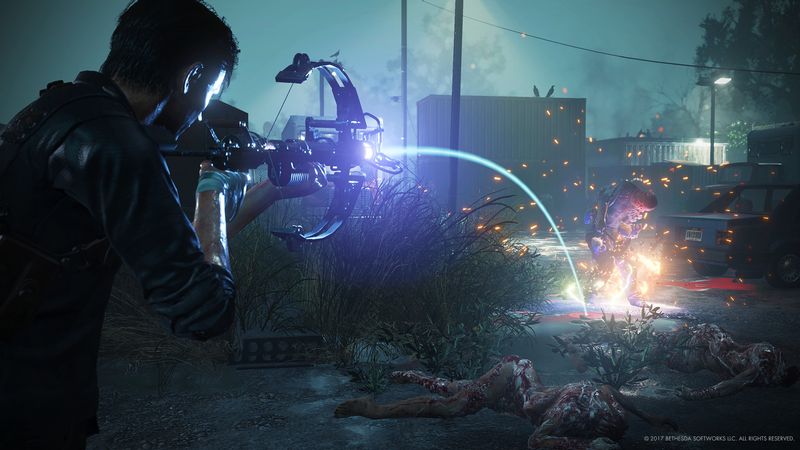
Behind-the-Scenes Trivia
This game runs on the powerful id Tech 5 engine, also used in Bethesda’s expansive open-world titles. It delivers detailed environments and immersive atmosphere. Director John Johanas led the team with a vision of “heartfelt horror.” The goal was to blend emotional storytelling with genuinely terrifying gameplay. Critics and players praised its inventive design and engaging narrative. Still, the series remains a cult favorite rather than a mainstream success. Many fans believe it deserved far more attention. Its creative risks and emotional depth set it apart from typical horror games.
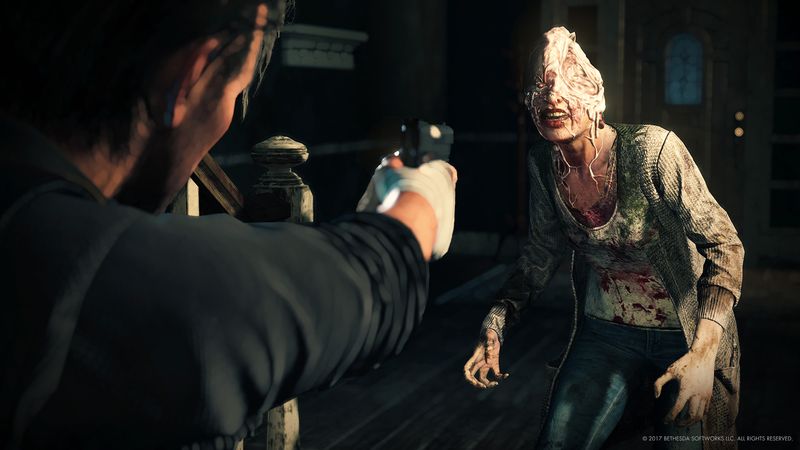
Final Thoughts
The Evil Within 2 isn’t the cozy life-sim I usually rave about, but it charmed me with its heart and horror blend. It’s scary, sure, but it’s also deeply human. If you’re open to a game that’ll make you jump and then tug on your emotions, this one’s worth a go.
Rating: 4 out of 5 stars
A tense, heartfelt sequel that balances fear and feeling. Some rough edges in combat and AI, but a memorable story, amazing atmosphere, and solid replay options make it a strong pick for fans of story-driven horror.
Hope this helps you find your next gaming adventure—stay cozy (and maybe keep a nightlight handy)!
